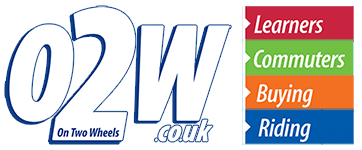Question: How do you raise Jeremy Clarkson’s blood pressure?
Answer: Whisper the words ‘traffic calming’ into his ears, then sit back and watch him rant, which might be entertaining, but won’t tell us very much.
Love or hate them, road humps, pinch points and shared space are here to stay, and if you ride in town, they’re as much a fact of life as having to fill-up with fuel every now and then. So why is traffic calming here; what form does it take; and how do we cope with it?
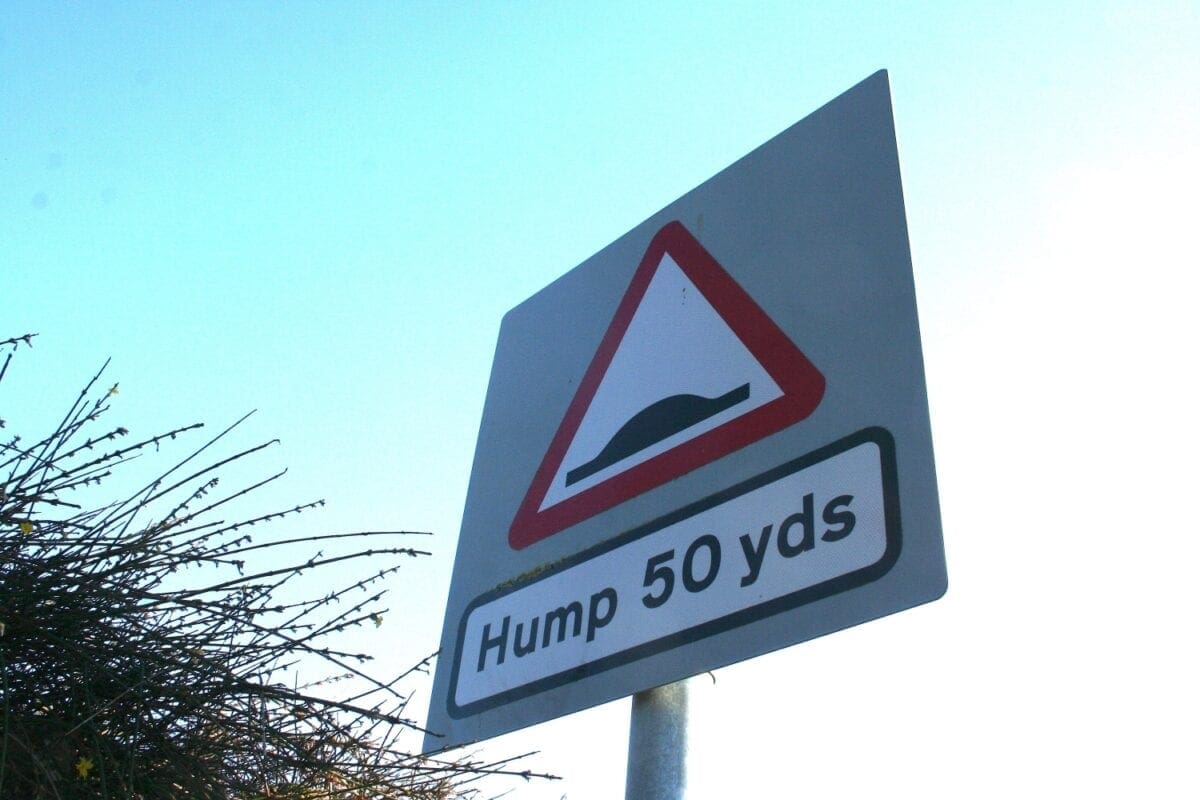
HUMPS & POINTS
ROAD HUMPS: The one that everyone thinks of first, and a bit of a blunt instrument in slowing us down. They’re always marked by white arrows or lines and sometimes by coloured tarmac, but these are often well worn, so keep your eyes open – the tell-tale scrape as a boy racer’s lowered Corsa grounds its exhaust is another giveaway. Humps are also seen as ‘speed tables’ which are raised areas at some junctions. Pedestrian crossings are sometimes raised too, especially in 20mph zones. Incidentally, if the white lines or coloured tarmac are badly worn, it’s worth contacting your local council and asking them to repaint. Point out that on a scooter or bike, hitting a hump that isn’t clearly marked is the proverbial health and safety issue…
The best sort of humps for us are ‘speed cushions’ which have gaps either side (ostensibly to allow ambulances and fire engines to wazz along when they need to). The side benefit is that a two-wheeler can steer round them – hooray! The question is which side to go – the left side has you in the gutter, the right side in the middle of the road (if it’s clear, I prefer the latter). Watch out for particularly vicious humps on private roads – they don’t have to comply with the same standards the council ones do.
Enjoy everything More Bikes by reading monthly newspaper, Read FREE Online.
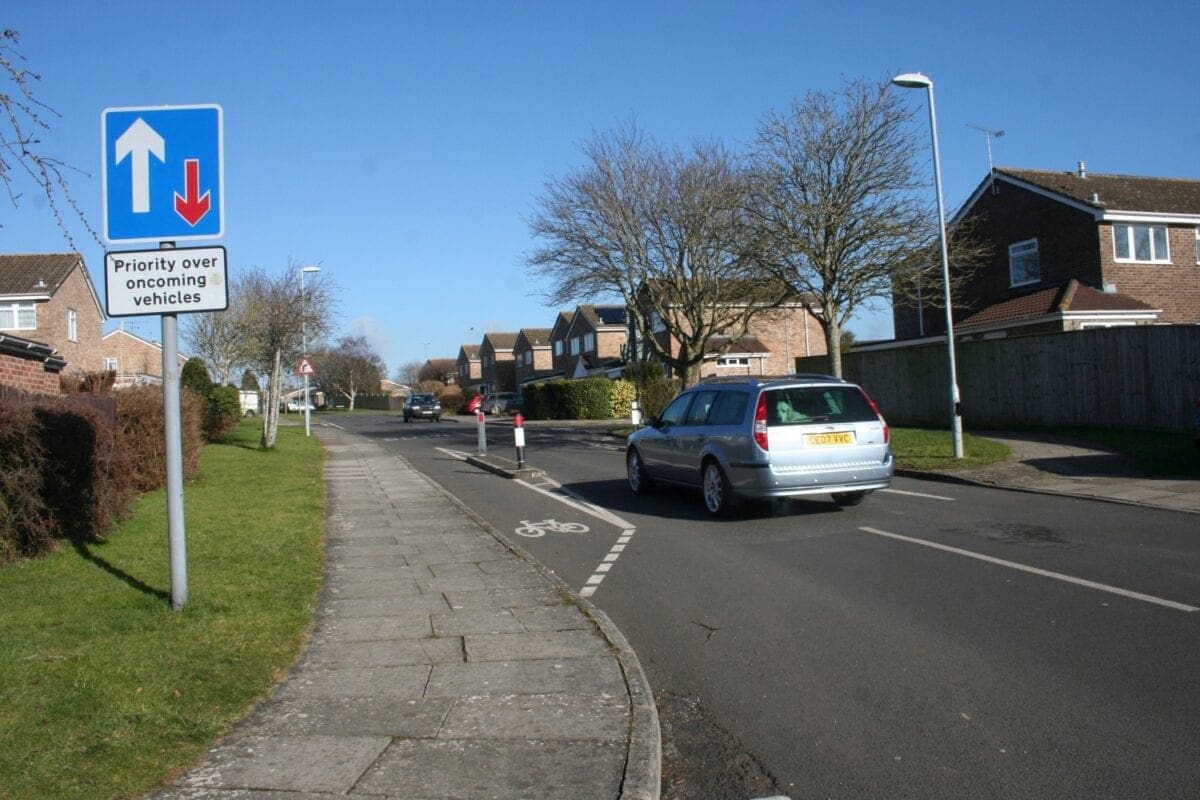
PINCH POINTS: Road humps force you to slow down; pinch points go one further, narrowing the road to one lane for a short distance, so you’ll have to stop if someone’s coming the other way. There’s usually (but not always) priority for one direction over the other, otherwise look ahead and judge whether the oncoming car is far enough away for you to get through safely. Don’t be tempted to squeeze through when they do, because pinch points are pretty tight. Something else to avoid is the cycle lane either side, which avoids having to wait for oncoming traffic – it’s not for the likes of us (unless you’re riding a bicycle).
CHICANES: Not restricted to Silverstone, these are sometimes included in new housing estate roads to slow us down. Not as exciting as the racing circuit ones, nor will they make you ride like Rossi, but they add a bit of interest.
THE PSYCHOLOGICAL APPROACH
Traffic calming is usually associated with humps and pinch points, things that we physically have to slow down for. But a lot of this business involves driver psychology, introducing an element of uncertainty that most will react to by slowing down.
NO WHITE LINE: White lines in the middle of the road seem part of the natural order of things, but they’re not. In fact, councils aren’t obliged to use them, and some aren’t putting them back after resurfacing on certain roads. Transport for London has done this on a few busy A roads, and found that traffic speeds dropped significantly as a result (presumably, with no centre guideline, drivers felt less certain and secure, so lifted off the gas a little). This has been tried on rural B roads as well, taking out the centre line and adding white lines to the edge to emphasise the narrowness of the road. But even if there’s no centre line, we still have to keep left. Did you know that the driving on the left has been UK law since the Highways Act of 1835? Or that Britain’s first centre white line was painted in Birmingham in 1921? You do now.
VILLAGE GATEWAYS: Traditionally, the start of a village or town has been marked by a nondescript name plate and a 30mph limit sign. More recently some councils have put up ‘gateway’ features – a flowerbed, built-out kerb or even fake white gates by the roadside – all to emphasise that you are now entering a different space, where people will be walking dogs, taking kids to school or gossiping outside the shop.
SHARED SPACE: This is the ultimate form of traffic calming – it’s a sort of transport communism, in which everyone has the same right to be there. Shared spaces usually involve taking-out junction markings and putting roads and pavements on the same level. So there’s no separate pavement, just space that cars, scooters, bikes and pedestrians all share, with equal priority. It sounds like a recipe for chaos, but the theory is sound – with no clear ‘official’ indication, everyone has to co-exist, so cars slow right down and make eye contact with pedestrians. Shared space has been used in Ashford, central London and Caernarfon, amongst other places. Some people don’t like it and research indicates that it works best where traffic is fairly light.
When riding through a shared space, keep your speed down and get that eye contact with pedestrians who are looking to cross the road. It’s just like the current Zebra crossings – before crossing, they will (if they’re not texting) look right at you to confirm you are giving way. It’s human interaction, and it works.
HOME ZONES: These are really shared space in housing developments, with the same aim of giving cars and pedestrians equal priority, with speeds reduced to 10-15mph. The idea is that kids can play safely outside rather than be stuck indoors staring at a screen.
COOLING THE BLOOD
So does traffic calming make your blood boil? There’s no reason why it should; it’s not difficult to deal with and it won’t hold you up that much. Even if the cars are backed-up, you can still filter past, so even if Mr Clarkson loves to hate it, we don’t need to.
HOW DID WE GET HERE?
Remember the Red Flag Act? Of course you don’t – it was abolished in 1896, but it shows that there’s nothing new about traffic calming. At a time when not upsetting the horses was paramount, this Act of Parliament decreed a speed limit of 2mph in town, 4mph in the country for any motorised vehicle. As a piece of health and safety, it was a tad over the top.
After the Red Flag Act was abolished, the overall speed limit was raised to 12mph, then 20mph, then in 1930, taken away altogether, leaving no speed limits at all. But soaring casualty rates (over 7000 people killed on the roads that first year) caused a rapid rethink, and within a few years the familiar 30mph limit was introduced for built-up areas. You could still ride/drive as fast as you liked on the open road.
By the mid-1960s, increasing traffic and crashes caused another rethink and the overall 70mph limit was introduced (not to mention the 250cc learner law for bikes and scooters). Since then, casualty rates have (mostly) come down year-on-year, and in 2013 we had the lowest death rate since records began. That’s a huge achievement, considering how much traffic there is now compared to the ’30s.
The past 20 years have seen a bit of a culture change in traffic management. For a long time, the main idea in towns was to keep traffic moving and give priority to cars (hence by-passes, one-way systems and double yellow lines). But now there’s a change of emphasise, with increasing restraints on traffic to make life safer and more pleasant for pedestrians and cyclists. This is either an unbearable restriction on the rights of motorised traffic, or a levelling of the playing field, depending on your point of view. Either way, it’s traffic calming, and it’s here.
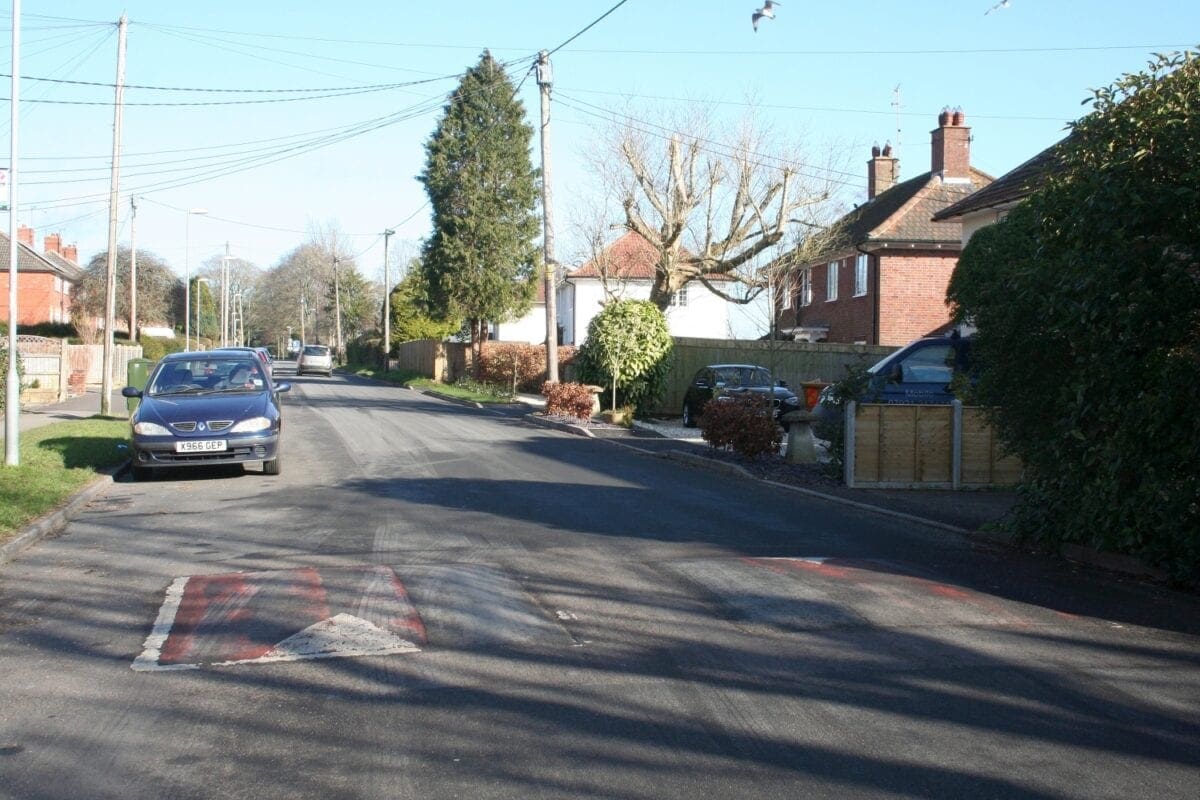
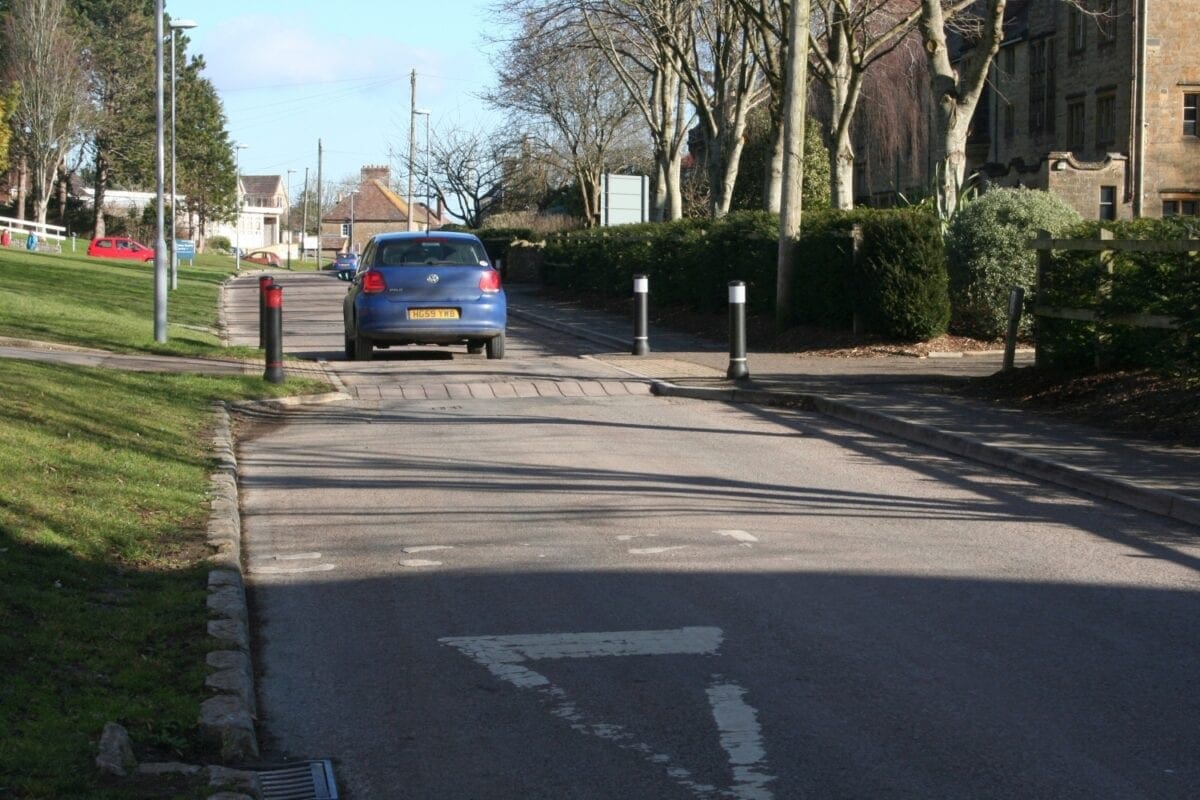
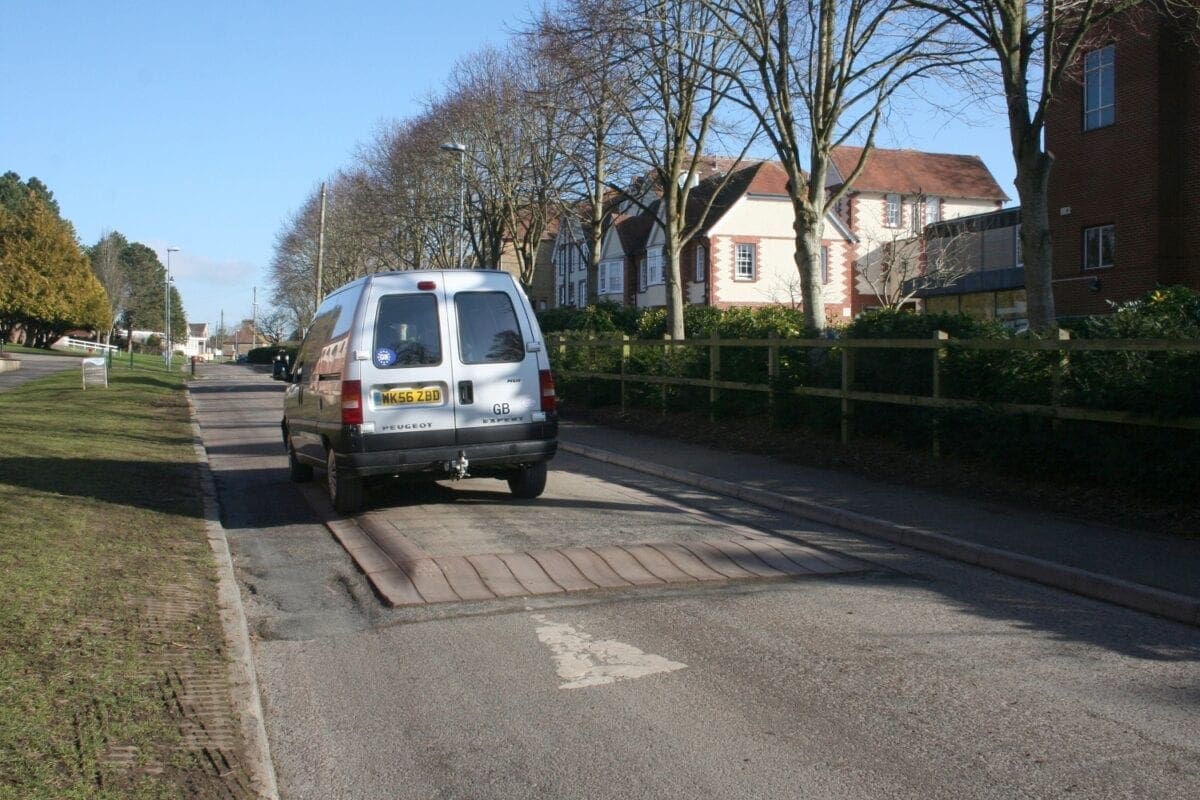
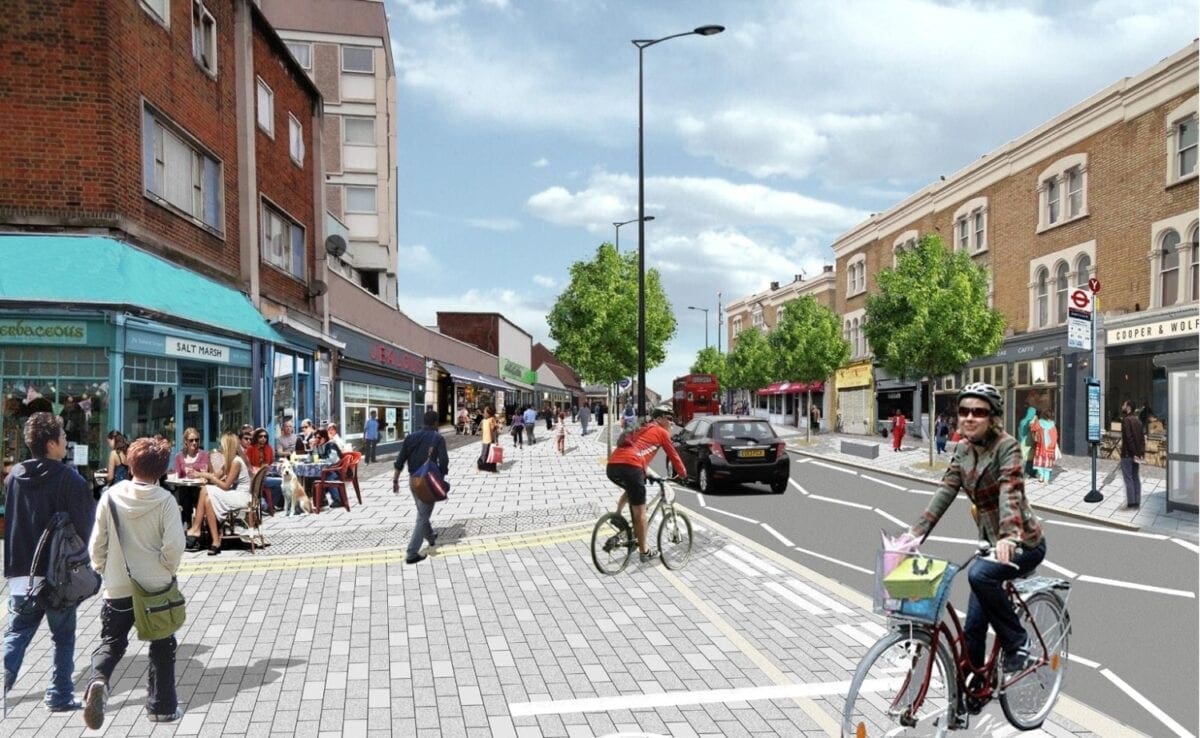
Advert
Enjoy everything More Bikes by reading the MoreBikes monthly newspaper. Click here to subscribe, or Read FREE Online.
